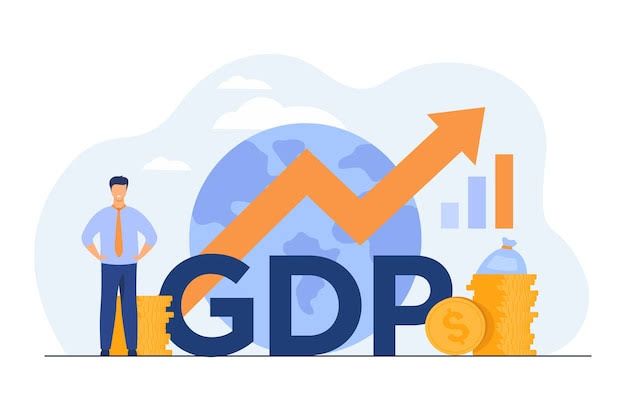
The U.S. economy contracted at an annual rate of 0.3% from January through March, marking its first quarterly decline since 2022. Economists link the slowdown to the lasting effects of former President Donald Trump’s trade confrontations, which have disrupted normal business operations.
This decline in gross domestic product (GDP), the primary indicator of economic output, followed a strong 2.4% growth in the final quarter of 2024. A significant contributor to the downturn was a 41% spike in imports, as domestic companies raced to bring in goods ahead of impending tariff hikes. This sharp increase in imported products—the most rapid since 2020—dragged down the GDP by five percentage points.
Consumer spending, typically a major engine of growth, also lost steam, rising just 1.8% compared to a 4% jump in the previous quarter. Additionally, federal government spending dropped by 5.1%, adding to the economic headwinds.
Although analysts surveyed by FactSet had expected modest growth of 0.8% for the first quarter, many warned that the data might reflect a downturn due to trade-related issues.
Financial markets reacted negatively to the GDP figures. The Dow Jones Industrial Average dropped 400 points shortly after the opening bell, while the S&P 500 fell by 1.5%, and the Nasdaq lost 2%.
Despite the current setback, some experts see room for recovery. Since the surge in imports is not expected to persist, its negative impact on GDP could ease. Paul Ashworth of Capital Economics anticipates that the economy may bounce back in the second quarter, potentially achieving 2% growth from April through June.